2020 has just begun, but for us it is already a year full of important milestones. It isn’t only us that want to celebrate, rather also our friends down under and overseas! Both Lonely Planet (we talked about it some posts ago), and The New York Times, marked Le Marche, and Urbino in particular, as one of the destination to discover during this year. The reason? It seems to be the magnificent Raphael. 2020 marks indeed the 500th year of one of the most important Renaissance’s painters’ death.
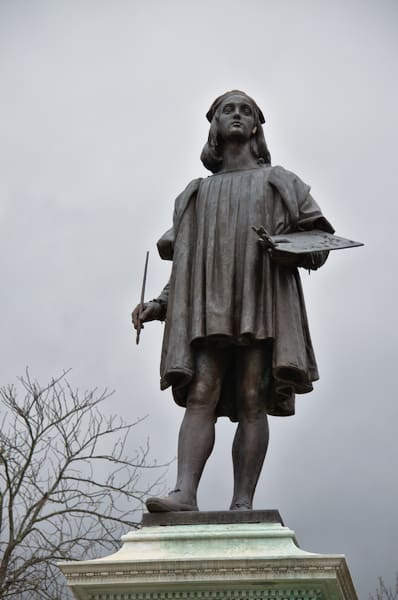
Statue of Raphael in Urbino 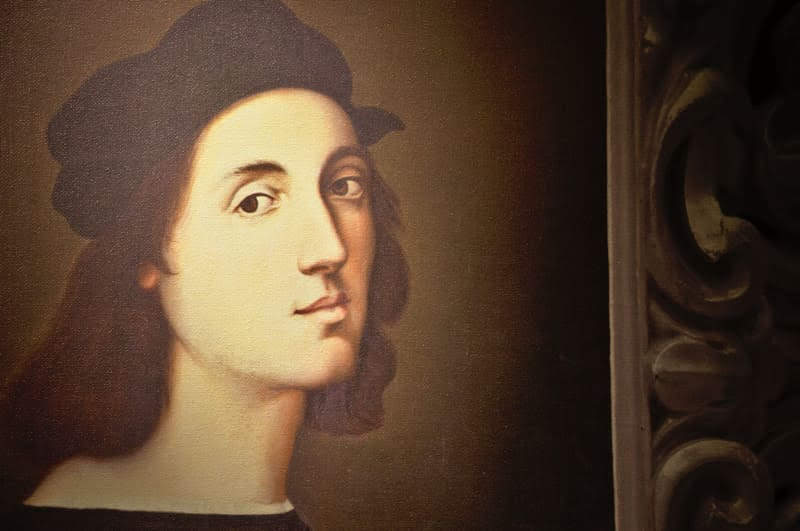
Selfportrait of Raphael
This year marks the 500th anniversary of Raphael’s death. One of Italy’s greatest Renaissance painters, Raphael lived in Urbino — in a perfectly preserved house just down the street from romantic Piazza di San Francesco. On the first floor is one of his first frescoes. In the 15th century, the house was a gathering place for some of the best artists and writers from around Italy. A show displaying some of Raphael’s greatest works in context with some other Renaissance artists began in October at Urbino’s Galleria Nazionale delle Marche and continues through Jan. 19. From April through the end of 2020, the city will hold trade shows, conferences and spaces dedicated to literature and dance. Today, Urbino’s artistic vibe is alive and well. In addition to boasting one of the world’s oldest universities (the University of Urbino was founded in 1506), Urbino is also considered Italy’s book capital because of its Institute for Book Decoration and Illustration. There’s a jazz festival in August. A walled city on a hill with numerous views of the underrated countryside of Le Marche, Urbino has everything Tuscany has — but at half the price and with half the tourists.
JOHN HENDERSON from The New York Times
https://www.nytimes.com/interactive/2020/travel/places-to-visit.html?place=romania
Raphael died in Rome on April 6, 1520, but before that, he grew up and studied in Urbino. He was taught by his father, Giovanni Santi, who was also a painter that, unfortunately, died when Raphael was only 11 years old. Raphael then went to Umbria to continue studying in the studio of the back then famous master Perugino. His successful career brought him to Florence and to Rome. In the latter, he worked even for Pope Julius’ court, where he became acquainted with Michelangelo and painted with him some of the paintings of the Sistine Chapel. He even became the successor to Bramante – also coming from Le Marche – the architect and site manager of Saint Peter’s Basilica. After his death in 1520, Raphael was buried in the Pantheon in Rome, an honour granted only to the greatest painters and crowned heads.
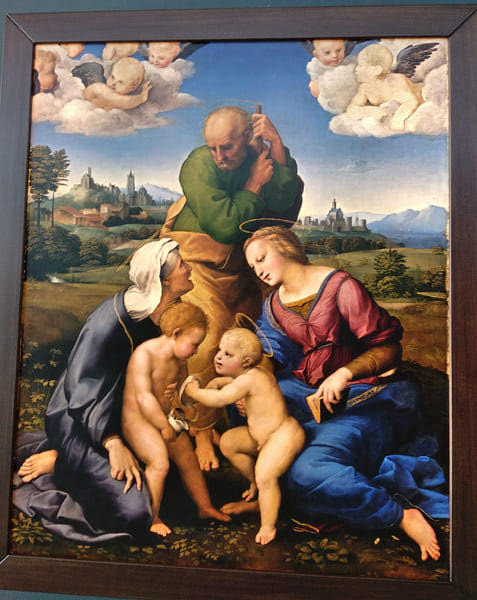
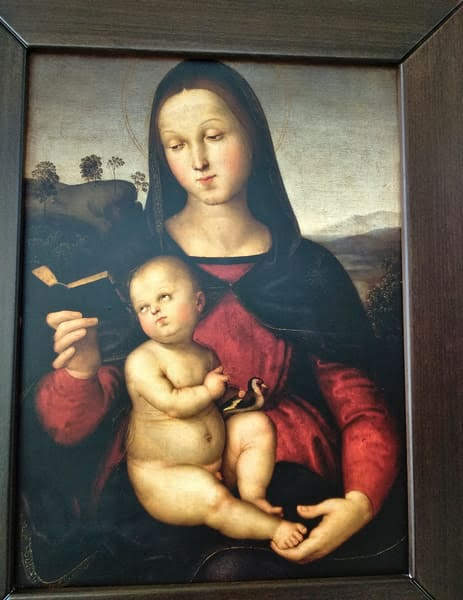
Madonna Solly in Berlin.
Such a unique painter and character is celebrated everywhere in Urbino, especially with art exhibitions, of course. Elke and her husband visited the exhibit “Raffaello e gli amici di Urbino” [Raphael and his friends from Urbino].
Funny enough, the tour guide was named Michelangelo; he showed them not only the exhibition itself, but also the Palazzo Ducale, where the exhibition was held.
The Palazzo Ducale was built at the time of Raphael and was only a stone’s throw from his birthplace. But how did the city look like in Raphael’s time?
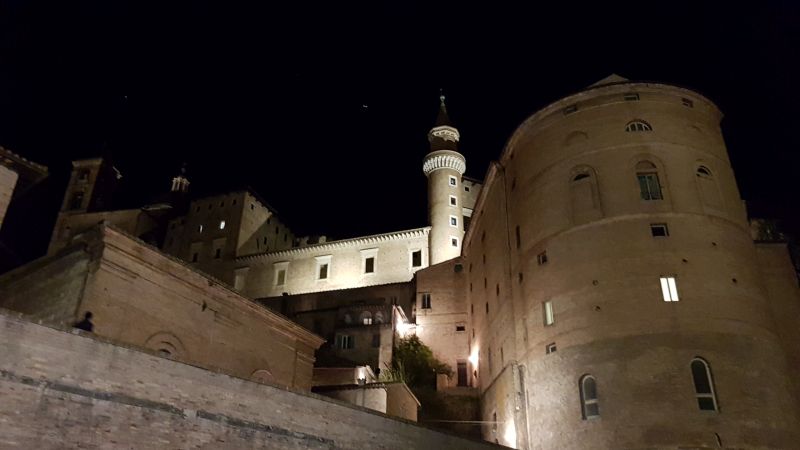
Palazzo Ducale 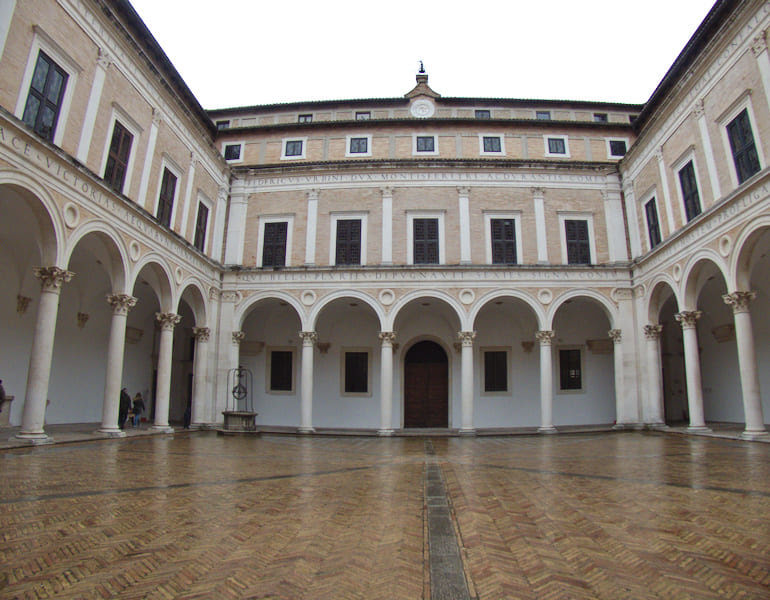
and its yard
There was a somewhat older palazzo in Urbino, but it was not until 1454 that the Duke Federico of Montefeltro expanded it to the magnificent complex that it is today. The duke had not had it easy, and the palazzo was a means of consolidating his claim to power. Wild tales of illegitimate successors and a mysterious murder of Federico’s unpopular predecessor, Oddantonio, surround the palace.
Michelangelo told Elke and the other visitors how the artists influenced each other at the time and created both new art ideals and a new formal language of art: the pictures were famous for their religious representations, often pictures of the Madonna. And for a new, strict geometry and perspective of the pictures. Some pictures contained symbolic allusions to the client and their environment:
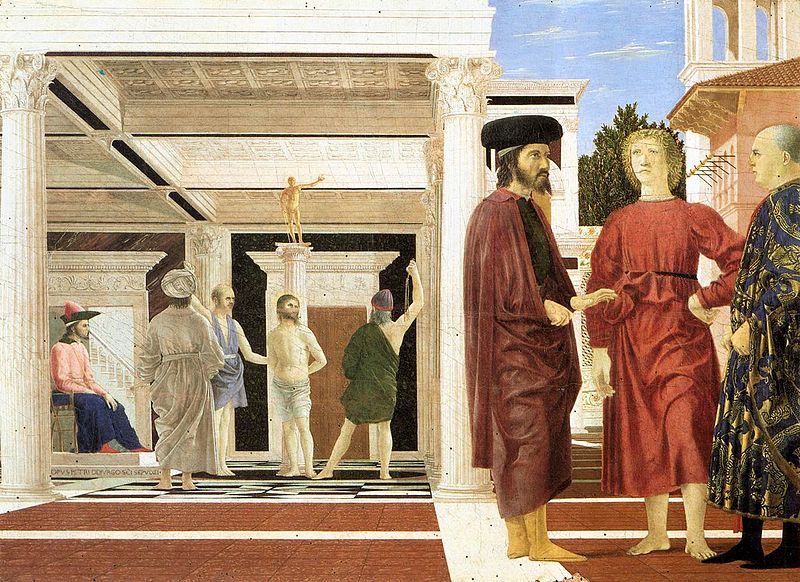
Raphael’s contemporaries included Perugino, Lorenzo Lotto, Piero della Francesca, Timotei Viti, Giordano Genga. On the basis of pictures in the exhibition, one could see how the artists took up topics from one another and sometimes worked together on works, so that for some works it was not clear who the original came from or who was the creator.

Raphael’s La Muta – the mute of 1507 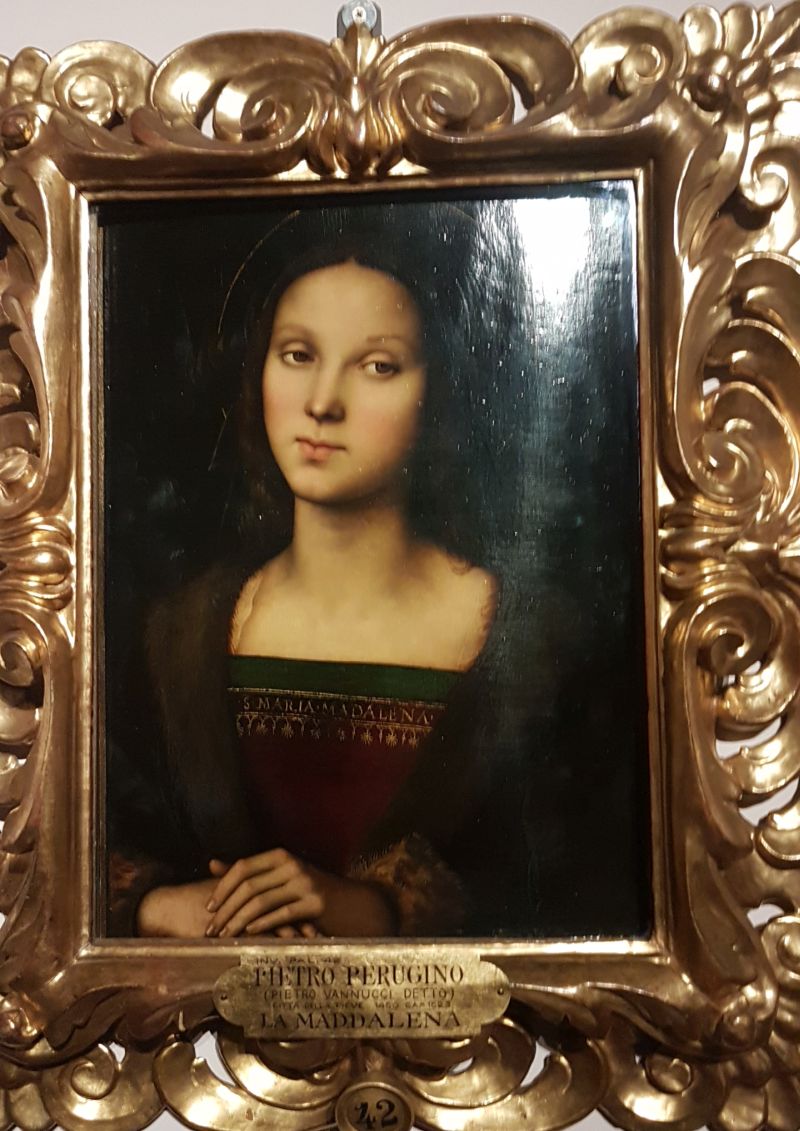
Perugino’s “Maddalena” around 1500
 I think almost everyone knows the two angels that can be seen on the edge of Raphael’s picture of the Sistine Madonna, because they are sold as posters all over the world. But they are just a small, funny detail of one of his many great works. It’s really worth seeing more of Raphael’s works.
I think almost everyone knows the two angels that can be seen on the edge of Raphael’s picture of the Sistine Madonna, because they are sold as posters all over the world. But they are just a small, funny detail of one of his many great works. It’s really worth seeing more of Raphael’s works.
For example the current exhibition “Raffaello. Le mostri impossibili ”(the impossible exhibitions) at Raffaello Sanzio Airport in Ancona. There are beautiful copies of Raphael’s most famous works. Co-blogger Isabelle visited this exhibition and was thrilled to see so many of his beautiful works together. In addition, there were explanations for each picture in English directly on the cell phone via the free WiFi. In the exhibition there is also the wonderful Raphael Madonna from Florence: here Maria and her baby are depicted as ordinary people. For those who want to see the real paintings, there is a note next to each painting where the original can be seen. A little warning in advance: the pictures hang in the big museums all over the world. The exhibition is still visible until January 19th and then goes on tour: in February to the Louvre in Paris and then to other European cities, and finally to Russia.
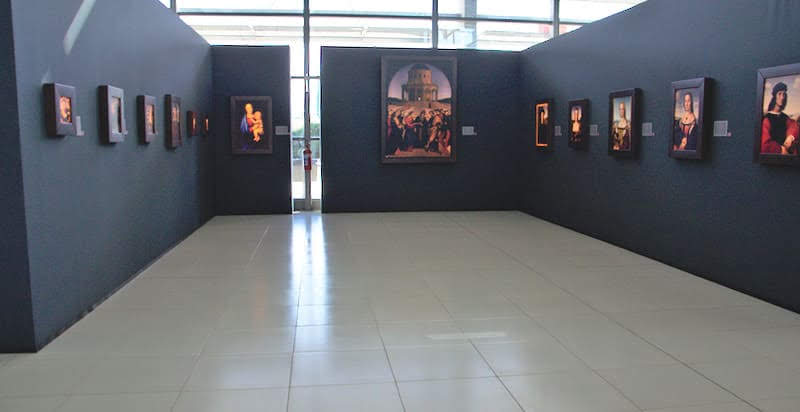
- The exhibition “Raffaello e gli amici di Urbino” in the Palazzo Ducale in Urbino runs until January 19.
- Raphael’s birthplace in Urbino can be visited daily – the opening times vary depending on the season.
- In addition to special exhibitions, some pictures of Raphael and his companions hang in the permanent exhibition of the Galleria delle Marche in the Palazzo Ducale in Urbino: the famous “Muta” by Raphael.
- Happeninnes organizes, among other things, guided tours in Urbino. Offered in Italian, but it is worth asking about other languages.
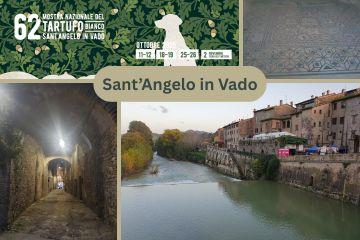

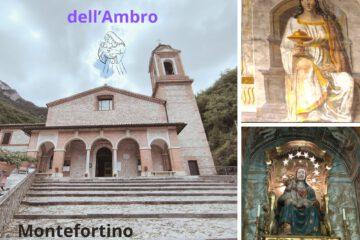
0 Comments